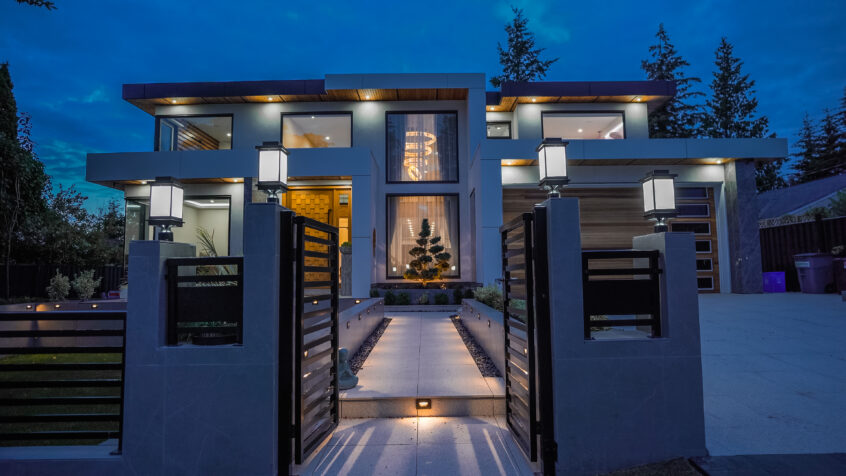Sustainable building design is an approach that seeks to reduce the environmental impact of buildings while ensuring they remain functional, healthy, and comfortable for occupants. Sustainable building design encompasses a wide range of strategies that aim to reduce energy consumption, conserve resources, minimize waste, and reduce greenhouse gas emissions.
Sustainable building design is becoming increasingly important as the world looks for ways to combat climate change and reduce our carbon footprint.
Metal cladding is a popular and effective solution for sustainable building design. Metal cladding is a type of exterior finish that involves covering the building’s exterior with metal panels or sheets. Metal cladding offers numerous benefits, including energy efficiency, durability, and aesthetic appeal.
Metal Cladding and Energy Efficiency
Metal cladding architecture can help reduce a building’s energy consumption by providing excellent insulation. The metal panels can be designed with a layer of insulation that helps keep the building warm in the winter and cool in the summer.
This insulation reduces the need for heating and cooling, which can significantly reduce a building’s energy consumption and carbon footprint.
Another way that metal cladding can improve energy efficiency is through the use of reflective coatings. These coatings reflect sunlight, reducing the amount of heat that is absorbed by the building and reducing the need for air conditioning. This can lead to significant energy savings and a more comfortable indoor environment for occupants.
Metal Cladding and Durability
Metal cladding siding is also known for its durability. Metal panels can withstand extreme weather conditions and are resistant to fire, rot, and pests. This makes metal cladding an ideal choice for buildings in areas prone to hurricanes, tornadoes, or other severe weather events.
Unlike other exterior finishes, metal cladding does not require regular painting or staining. The metal panels are designed to resist fading, peeling, and chalking, ensuring that the building looks its best for years to come.
Metal Cladding and Aesthetic Appeal
In addition to its functional benefits, metal cladding is also known for its aesthetic appeal. Metal cladding can be used to create a wide range of architectural styles, from modern and industrial to traditional and rustic. Metal cladding can be designed in a variety of colors, finishes, and textures, allowing architects to create unique and stunning designs.
Metal cladding is also versatile. It can be used to cover the entire building or just a portion of it, such as an accent wall or a canopy. This versatility allows architects to create customized designs that meet the specific needs of the building and its occupants.
Future Trends in Sustainable Building Design with Metal Cladding
The future of sustainable building design is bright, and metal cladding is poised to play a significant role in it. One trend that is emerging is the use of recycled metal in metal cladding. Recycled metal is an eco-friendly alternative to virgin metal, reducing the amount of waste in landfills and conserving natural resources.
Another trend is the use of metal cladding in combination with other sustainable building materials, such as wood, glass, or stone. This combination can create a unique and stunning façade while also reducing the building’s environmental impact.
Conclusion
Metal cladding is an innovative and sustainable solution for building design. Its energy efficiency, durability, and aesthetic appeal make it an ideal choice for architects, builders, and property owners alike.
As the world looks for ways to combat climate change and reduce our carbon footprint, metal cladding is poised to play a significant role in sustainable building design. With its versatility and ability to create unique and stunning designs, metal cladding is the future of sustainable building design.

